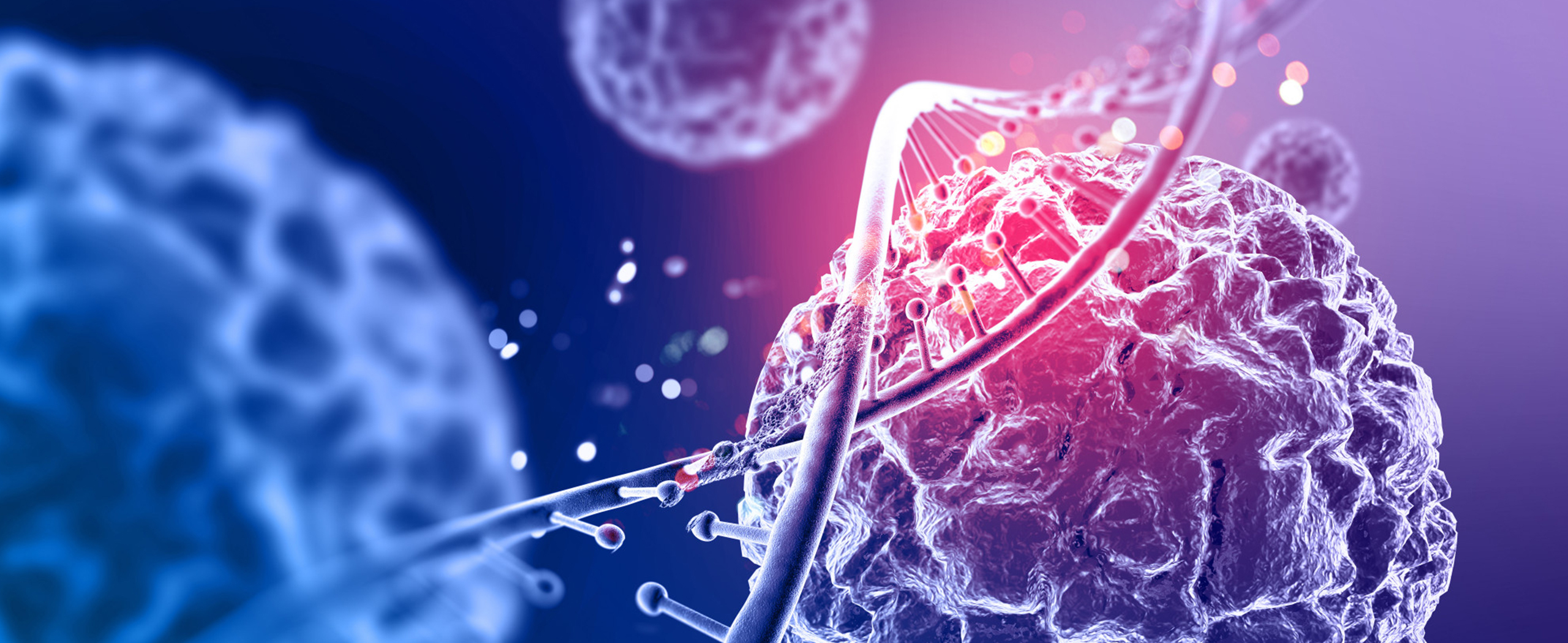SEVERE APLASTIC ANAEMIA | Stem Cell Transplant Opens New Possibilities

New research shows that advances in stem cell transplantation are transforming outcomes for people with severe aplastic anaemia (SAA), especially for those whose disease progresses into more serious forms such as myelodysplastic syndrome (MDS) or acute myeloid leukaemia (AML).
Severe aplastic anaemia is a rare but serious disorder in which the bone marrow fails to produce enough red and white blood cells or platelets. This results in fatigue, infections, and bleeding. For decades, treatment has mainly relied on immunosuppressive therapy (IST) with medicines such as antithymocyte globulin (ATG) and ciclosporin, which can restore blood counts by calming the immune system. However, not all patients respond, and some experience relapse or disease transformation over time.
For patients with a suitable donor, haematopoietic stem cell transplantation (HSCT) remains the only curative option. The new study highlights that even individuals whose disease has transformed into MDS or AML may still benefit from HSCT. On average, transformation occurred around two and a half to three years after diagnosis. After receiving initial treatment for their secondary condition, many patients underwent HSCT and achieved promising survival outcomes, indicating that transplantation remains effective even in complex cases.
Recent advances have made HSCT safer and more widely accessible. Newer conditioning regimens are less toxic, donor matching has expanded to include unrelated and partially matched (haploidentical) donors, and supportive care—such as infection prevention and management of graft-versus-host disease (GVHD) —has improved considerably. As a result, experts are increasingly advocating for earlier consideration of HSCT in suitable patients.
While transplantation still carries risks such as infection, graft rejection, or long-term complications, its benefits in carefully selected patients now outweigh these challenges. The findings emphasise the importance of early referral to specialised centres and close collaboration between patients, families, and healthcare teams to determine the right treatment approach.
For many living with severe aplastic anaemia, these developments bring new optimism. As research progresses, stem cell transplantation continues to evolve into a safer and more effective path toward lasting remission—and, in some cases, cure.







